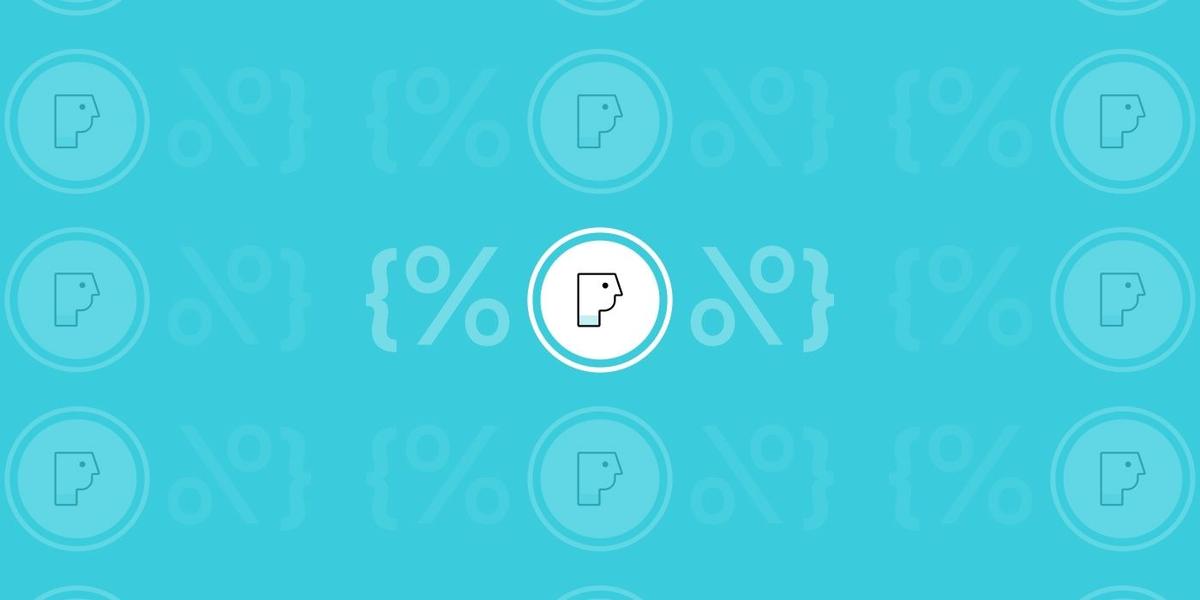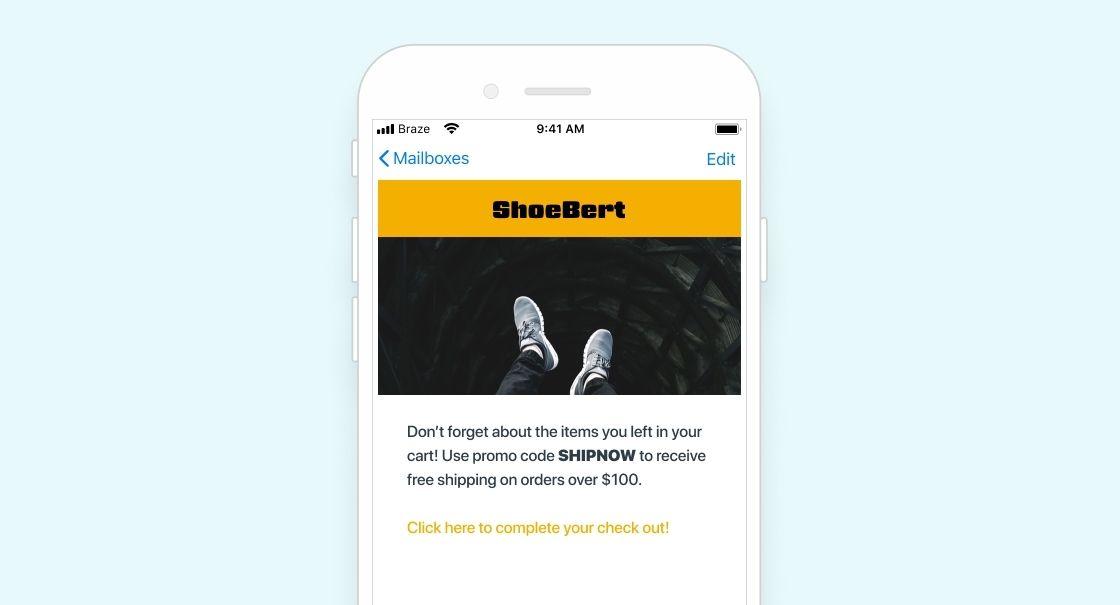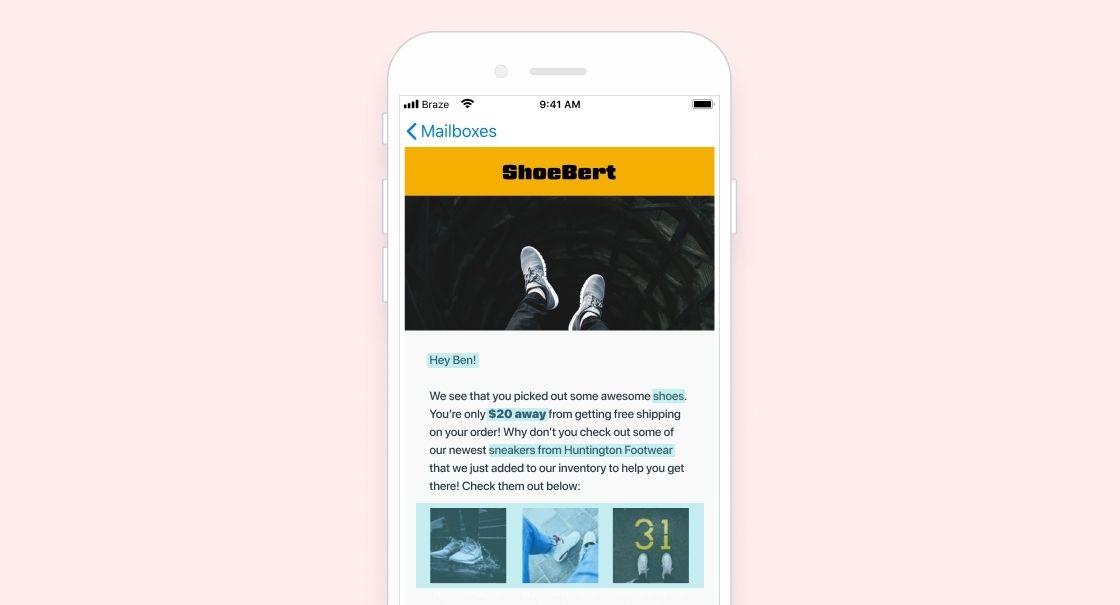How to Build a Best-in-Class Data Collection Strategy
Published on March 07, 2020/Last edited on March 07, 2020/7 min read

Donna Mulchand and Benjamin Kasman
Customer Onboarding Managers, Braze“How do we know what’s the right data to capture?” It’s a good question—and it’s often among the first ones we hear from customers when they begin migrating their marketing campaigns to Braze. It’s an understandable concern. While “data-driven marketing” is arguably the buzz-phrase of the moment in the customer engagement space, achieving it can feel like a daunting challenge because it requires changing how you think about your marketing campaigns.
Here’s the thing: Great marketing is built on data, but not all data is created equally. If your brand is going to build its marketing strategy around data, you need to be confident that the information you’re collecting is accurate, up to date, and capable of having a meaningful impact on your customer engagement efforts. To get there, you need an effective data collection strategy. So let’s explore what that looks like and how you can get there.
What Data-Driven Marketing Really Means
Let’s start with the basics: What does data-driven marketing even mean? Well, it’s composed of two components—analysis and action. For your marketing efforts to be truly data-driven, you have to have the information you need in order to understand your marketing efforts and how your customers are reacting to them, as well as the ability to adjust and optimize those efforts in the moment.
When a customer engagement platform like Braze is integrated into your marketing tech stack, the data at your disposal is omnipresent and updates in real time. This allows brands to harness the data of that moment and action on it to message the customer with relevant content, in the right channel, at the right time. Put simply, you can say hello to scalable personalized marketing and goodbye to static segmentation list pulls and SQL. The result? An average revenue uplift of 10-30% and stronger customer engagement.
Want to Collect the Right Data? Make Sure You Know What You’re Trying to Achieve.
As Customer Onboarding Managers, we both work with new customers to integrate Braze. And part of that work involves helping marketers identify the right data to collect in order to reach their business goals. During the integration and onboarding phase, we look at legacy use cases that customers have previously implemented and see how we can expand and improve upon them by leveraging all that Braze has to offer—especially data collection.
During that process, we frequently see customers come in with very basic use cases that offer limited (or no) personalization and that are aimed at counterproductively broad audiences—the opposite of the kind of relevant, 1:1 messaging that today’s consumer craves. But by utilizing the way Braze captures data, we’re able to grow these limited use cases into personalized and powerful messaging experiences that can drive real value for brands and their customers alike.
Brilliant Customer Experiences: What Data Collection Makes Possible
Let’s imagine a fictional footwear company called “ShoeBert.” Today, they run a pretty standard abandoned cart campaign, nudging customers to take advantage of free shipping on orders of $100 or more. Their messaging is well written, but doesn’t include any personalization:

This sort of message is a classic training-wheels approach to nudging customers to add more items to their cart and complete their purchase by dangling the possibility of getting free shipping. And ShoeBert has seen the campaign drive some conversions each time they run it, which is encouraging. But from a data collection standpoint, however, this message is pretty elementary: The only data that’s being collected is the fact that a given user abandoned their cart without completing a purchase.
Now let’s look at what’s possible in a world where they’re gathering a bit more data. ShoeBert consults with their onboarding team at Braze and realizes that they’ve been missing something. There’s another wrinkle. During their conversations, the Braze team discovers that ShoeBert has an in-house recommendation that they’ve never used in their emails—in part because they had no way to pull those recommendations into their outreach. What a waste of resources!
And so, after looking at their use case in more detail, the Braze team recommends they start collecting some additional information, including:
- Abandoned Cart
- Items in Cart
- Last Searched Item
- Favorite Brand
Why these specific kinds of data? Well, if you’ve ever shopped online, you’ve probably experienced having an order fall short of the free shipping threshold…leading you to search around desperately for a random item (or items) you don’t really need because you can’t stomach the idea of paying for shipping. If you can’t find something easily, you may well abandon the website instead. When that happens, getting an abandoned cart email a couple days later can summon up those feelings of exhaustion and lead you to ignore the nudge completely.
Given that, ShoeBert needs to make sure that it has the information and strategy required to avoid this unfortunate situation. With the right data, it’s possible to reach out to a customer in this situation, calculate the difference between the value of the items in their cart versus the free shipping minimum (using Liquid), then use ShoeBert’s recommendation engine and Braze support for Connected Content to recommend relevant items to them that can help them reach that limit.
Let's look at an example of a message taking that approach:

Let’s dig into how ShoeBert made this message happen. First, they used one of the standard attributes within Braze (“first name”) and templated that into message using Liquid to make it more personalized. From there, they took one of the new custom data points that the Braze team suggested ShoeBert collect (“items in cart”) and templated its category (“shoes”) into the message as well. Then they looked at their Custom Event Property of “Abandoned Cart Value” and calculated it using Liquid.

Next, take a look at the campaign’s Connected Content call, which is going to hit ShoeBert’s in-house recommendation engine. They’ve templated in their “favorite brand” Custom Attribute, which is Huntington Shoes. From there, they utilize Connected Content to to make a call via API to ShoeBert’s servers, with a query term of “last searched item,” which is another data point that the Braze team suggested they collect. From here, the API call returns the top three product recommendations for this customer to template into the message body.

And there you go—a highly relevant, personalized message built to make converting as easy as possible for the people receiving the campaign. All it takes is the right data and a technology solution that’s capable of taking advantage of that information to support smarter messaging.
Final Thoughts
The difference between an underwhelming campaign and a powerful, highly customized one can be as simple as a handful of data points per customer.
The steps we’ve walked you through here can be your north star as you work through your own data collection strategy. First, choose your use case. Then, identify the required custom user data needed to support the use case. Finally, leverage Liquid, Connected Content, and other advanced personalization techniques supported by Braze to build powerful, individually relevant messages. With Braze, marketing, growth, and engagement teams can compose single messages that are automatically individualized for the recipient, leading to happier customers and better campaign performance.
Every business, in any industry, has the potential to create these unique message experiences their customers are more likely to respond to. With the right data collection strategy and Braze, you’ll be able to build a truly data-driven marketing team.
Related Tags
Releated Content
View the Blog
The new inbox reality: How iOS changes are reshaping email marketing

Aparna Prasad

Experience optimization: Turning data insights into better journeys

Team Braze

December 2025 Bonfire Marketer of the Month: Jagex’s Emma Oliver
